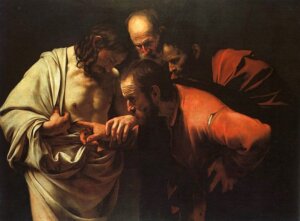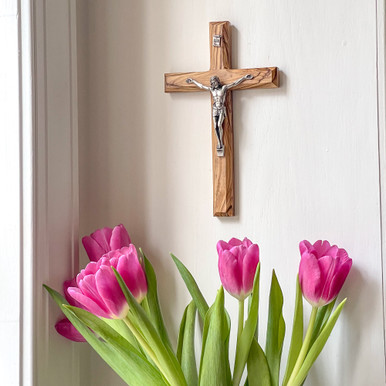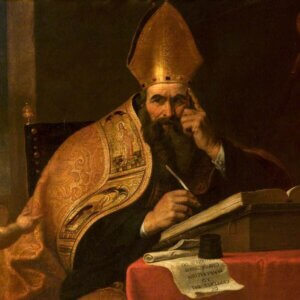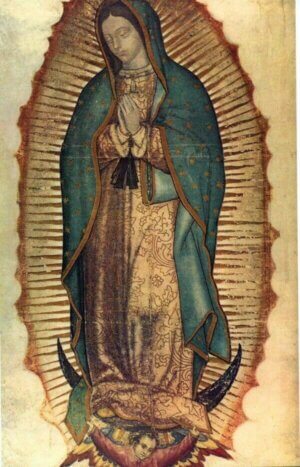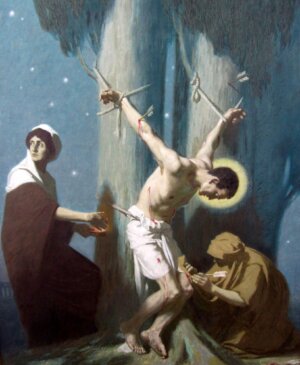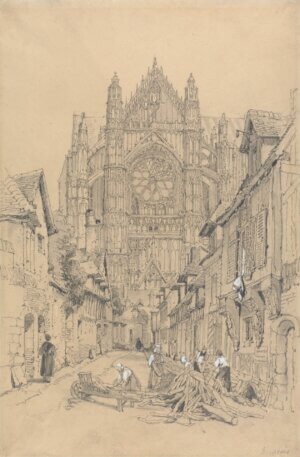We’ve all heard the nickname “Doubting Thomas,” which is usually given to someone who is overly skeptical. This nickname comes from the Gospel of John. St. Thomas, absent from Jesus’ first post-Resurrection appearance to the Apostles, refused to believe that Jesus had really risen from the dead. He demanded to physically see and touch Jesus’ wounds as proof that it was He.
Caravaggio’s The Incredulity of St. Thomas, painted around 1600, portrays this intimate experience of St. Thomas placing his finger deep into Jesus’ side wound.
This painting came into the public eye in the midst of the Protestant Reformation. During this religious and cultural revolution, many people in Europe doubted the Catholic Church and its validity as the True Church founded by Jesus Christ.
In her book How Catholic Art Saved the Faith, Elizabeth Lev discusses how this painting reflects the inner conflict of many Catholics during that time, including that of the artist. The deep shadows and darker colors in The Incredulity of St. Thomas mirror Caravaggio’s empathy with St. Thomas and his struggle to believe, especially during a period of great upheaval and confusion within Christianity at large.
Temptations of doubt and disbelief are inevitable in the spiritual life. However, these moments do not have to prevent us from growing closer to God. Our Lord shows us this when He acknowledges Thomas’s doubt and then invites him to touch His side.
In Caravaggio’s image, the finger in Jesus’ wound is painted so realistically that we almost wince if we look too closely, as though we could feel this finger in our own side. It calls to mind Jesus’ gentle rebuke to Thomas: “Have you believed because you have seen me? Blessed are those who have not seen and yet believe” (John 20:28-29).
Caravaggio’s depiction of Jesus guiding Thomas’s finger into His side guides us to confront and overturn our own doubt, resolving it through humble faith and trust in Our Lord’s loving presence.
To learn more about the role of Catholic art during the Protestant Reformation, and how art can inspire your faith as well, check out Elizabeth Lev’s powerful book How Catholic Art Saved the Faith.
